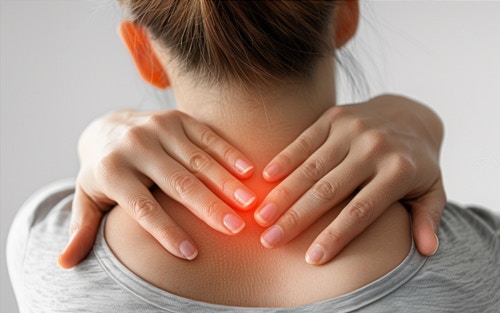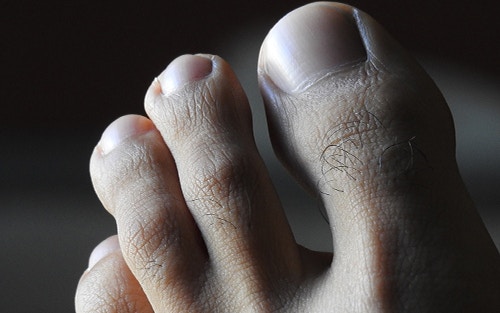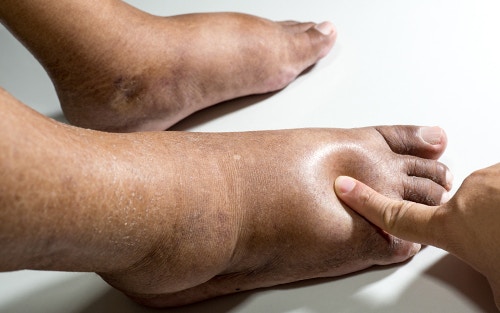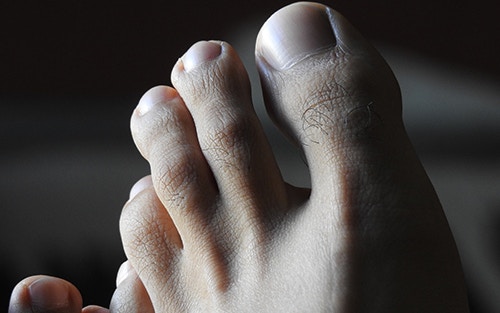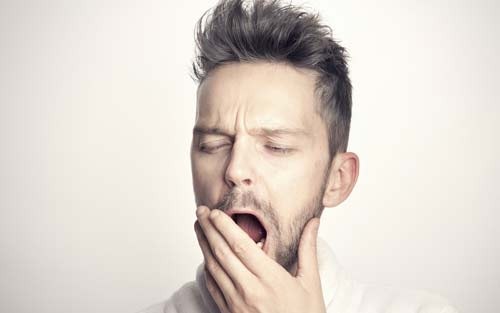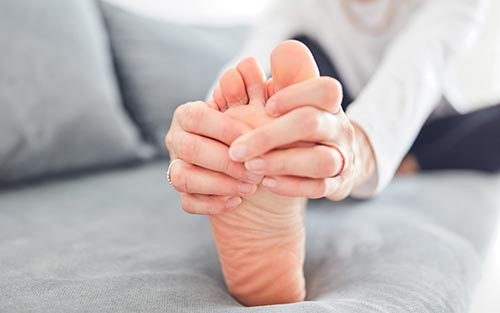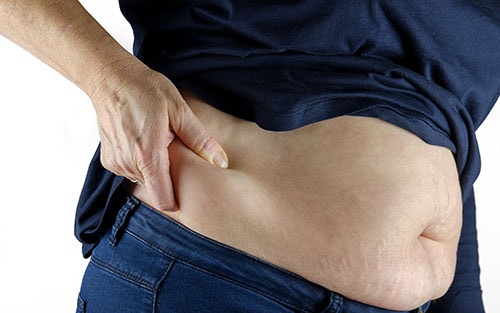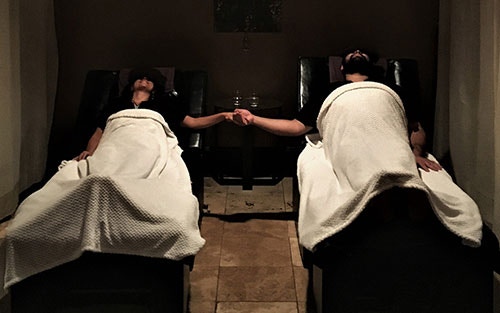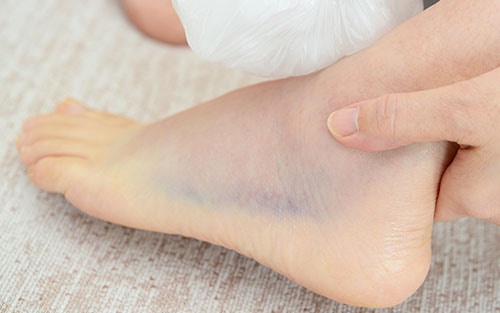Trigger Point Massage
Are you feeling knots of tightness causing pain in your muscles? ‘Trigger point massage’ may hold the key to unlocking your muscle tension. This massage technique targets sensitive areas in the muscles, known as trigger points, that are often at the root of persistent pain and stiffness. By applying focused pressure to these spots, trigger … Read More
